
The Wizard of Oz’s 30 Year Miracle
Join us as trace the fascinating paths of three individuals—L. Frank Baum, the author of The Wonderful Wizard of Oz; Matilda Joslyn Gage, a prominent suffragist; and Frank Lloyd Wright, the renowned architect—revealing their interconnected lives and contributions. It highlights how personal experiences, historical events like the Chicago fire, and family ties influenced their work and ultimately led to the enduring popularity of The Wizard of Oz, which became a beloved American family tradition through annual television broadcasts. The narrative emphasizes the ripple effect of their actions, showing how their creative endeavors and advocacy for social change left a lasting legacy.

Audio Hour:
If you run an activity group, classroom or “audio book club”, click here for more information on using Tracing The Path.
Throughout the episodes, every tune is somehow related to the topic. In the Twinkies episode, for instance, the discussion of the Brooklyn Tip-Tops Baseball team concludes with “Take Me Out To the Ballgame”.
How many do you recognize? And harder, how many can you name?
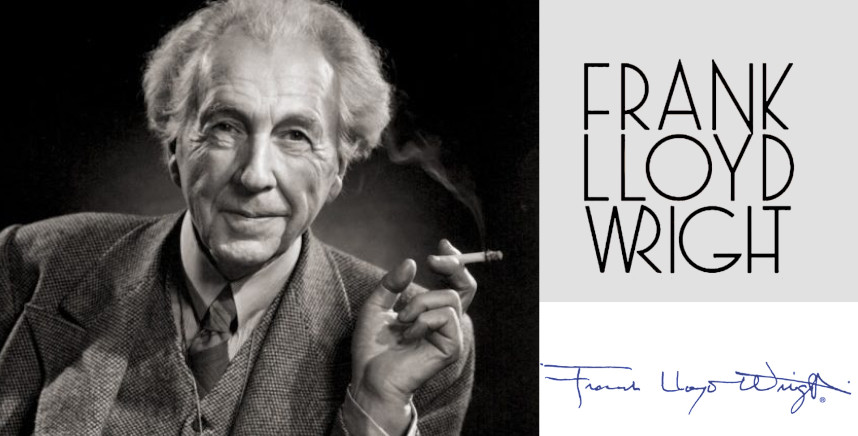
The Wizard of Oz’s 30 Year Miracle
Today’s story is about the start of a 39-year American family tradition and the people who set it in motion. While some stories fall together like Domino’s, this one is more like the intersecting highways that cross America’s great cities.On October 18th, 1871, fires spreading across Chicago would devastate the city, killing over 300 people, and destroying 2,100 acres of the city. But it is clear to see now 150 years later, the positive outcome of this utterly tragic event. For the people who had the means to rebuild immediately, reconstruction typically replaced what was burned. But the fire forced the building codes to change, in such a way that those who waited even a short bit had to build something new.
This ushered in a desire to rebuild a more modern Chicago, and so in the 20 years that followed, the city grew from 300,000 to 1 million people, and with it, some of the brightest minds wanted to be part of the reconstruction. One of those people would be a young man from Wisconsin, Frank Lincoln Wright.
Born in 1867, to a composer and teacher, and named in the honor of the late president, Abraham Lincoln, Wright was one of five children. Little Frank showed a penchant for design as early as kindergarten, where he remembers being infatuated with building blocks, specifically the ones designed by Froebel.
One day after attending an expo, his mom brought home geometric blocks of different shapes created by the German teacher August Froebel, the man who coined the term kindergarten.
Growing up, Wright attended public elementary and secondary schools, then enrolled at the University of Wisconsin-Madison, with the hopes of being an architect. Without that option, though, he took engineering courses. There he got to intern with Joseph Lyman-Sillsbee on the design and construction of a local church.
His college years were rough though, as his parents divorced and his dad left. That spurned in him a desire to get away and go to the great booming metropolis of Chicago. Since the fire, it had been growing like crazy, providing design and engineering jobs everywhere.
He quit school, and that’s just what he did. Arriving in Chicago, as the self-appointed Frank Lloyd Wright.
Before we get much further, let’s introduce the second person in our story.
She was born in 1826 to abolitionists in Cicero, New York, and her home her parents operated, was a station on the Underground Railroad. In this household, Matilda Joslyn Gage grew up fighting for others. She fought for equal rights of Indians, African-American slaves, and most notably women.
In 1850, she faced jail time for her work helping slaves on the Underground Railroad. And in 1852 was honored to speak at the New Women’s Rights Convention in Syracuse, New York, which got the attention of Susan B. Anthony, who’d become a lifelong friend and business partner.
In 1862, Matilda was given the opportunity to give the flag presentation to the Civil War 122nd Regiment. Telling them Lincoln was wrong, she thanked them not for preserving the Union, but for giving freedom to slaves.
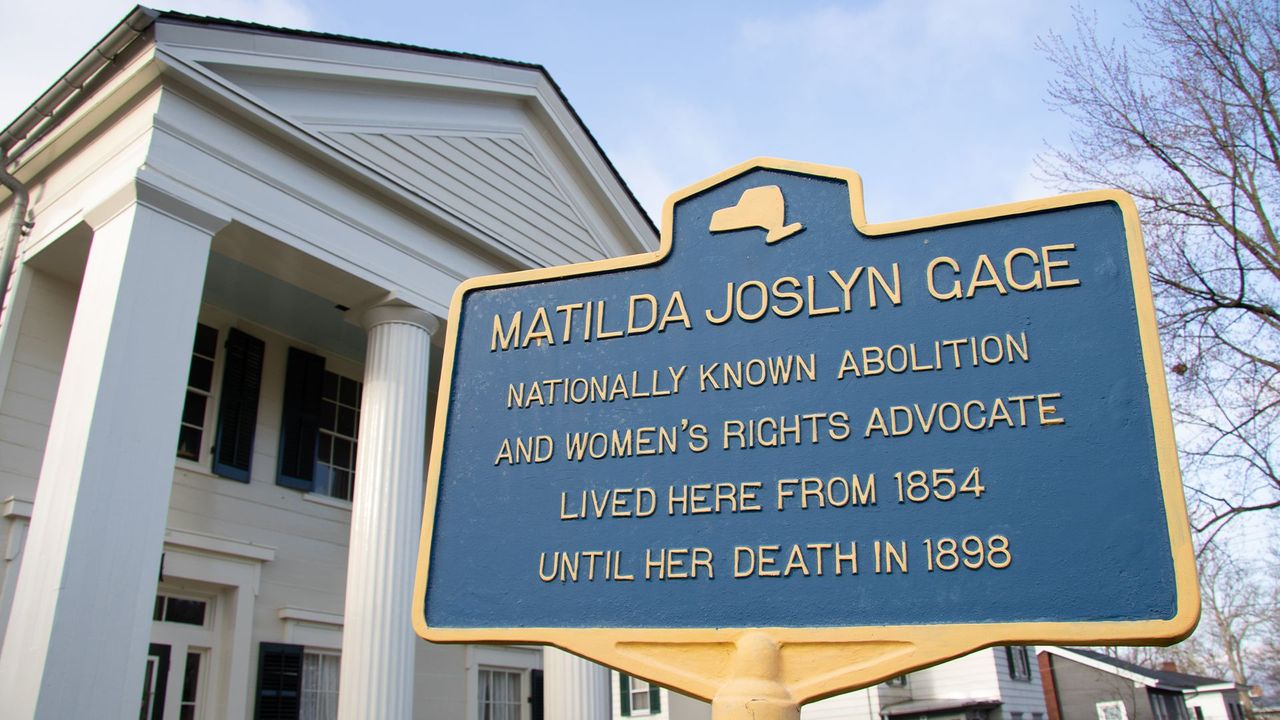
In 1869, her now longtime friend, Susan B. Anthony, and Elizabeth Cady Stanton, founded the National Women’s Suffrage Association. Matilda was a prolific writer for the movement. She wrote three volumes of the history of women’s suffrage. Also, the declaration of the rights of women, and the women’s Bible, and in an effort to influence the church’s stance on women, a book called Woman, Church, and State.
She also bought a journal called The Ballot Box from a retiring Toledo suffragist and turned it into the National Citizen and Ballot Box, the official journal of the National Women’s Suffrage Association.
Matilda busily lobbied the political parties and staged many political events. She got arrested for trying to vote and was at the side of Susan B. Anthony when she got arrested for the same.
That brings us to the third person in our story.
In 1861, Matilda gave birth to Maud Gage, who will catch up with shortly.
23 miles from Maud’s birthplace, Lyman Frank Baum was born in 1856 as the 7th of nine children. Since Lyman was his uncle’s name, everyone called him Frank, L Frank Baum. His father was an entrepreneur who had succeeded in many businesses and was one of the wealthiest men in town. He bought the Rose Lawn Estate in Mattydale, New York, where they raised and homeschooled the children.
By the age of 12, Frank’s dad saw the entrepreneurial spirit in him and sent him to Peekskill Military Academy to get a superior education. But Peekskill’s regimented structure did not mesh with Frank’s creative ways. He found himself always daydreaming and often in trouble for his lack of focus. He would escape campus and follow the road made of Dutch yellow bricks to the river where he dreamt of going home.
After two years at Peekskill, the leadership there decided L. Frank Baum was not a good fit and sent him home. Still encouraging of his dreams, his dad bought him a printing press where he and his brothers started printing journals.
By 17 he’d created a journal called The Stamp Collector, printed an 11-page stamp collecting directorym and started a stamp dealership. Frank loved theater too, and wrote and printed scripts on the printing press as well. In 1880 he wrote a play called The Maid of Arran and his father built him a theater to present it in. And in so doing, Baum composed the music and starred in it as well, which received mild, local success.
In December, all proud of his accomplishments, his cousin Josie invited them to their family Christmas party. Home from Cornell University for Holiday Break, Josie introduced Frank to her roommate, Maud Gage, the daughter of the famous suffragist, Matilda Joslyn Gage. It was love at first sight, and after dating for about a year, Maud made the decision to quit Cornell and help Frank with his Maid of Arran Tour.
Despite greatly angering her mother Matilda, for quitting law school, a path not often chosen by women, she was busy fighting for women’s rights and knew Maud’s choice to quit was the empowerment she was fighting for. So she hosted their wedding at her home in 1882, with friends Susan B. Anthony and Elizabeth Cady Stanton in attendance.
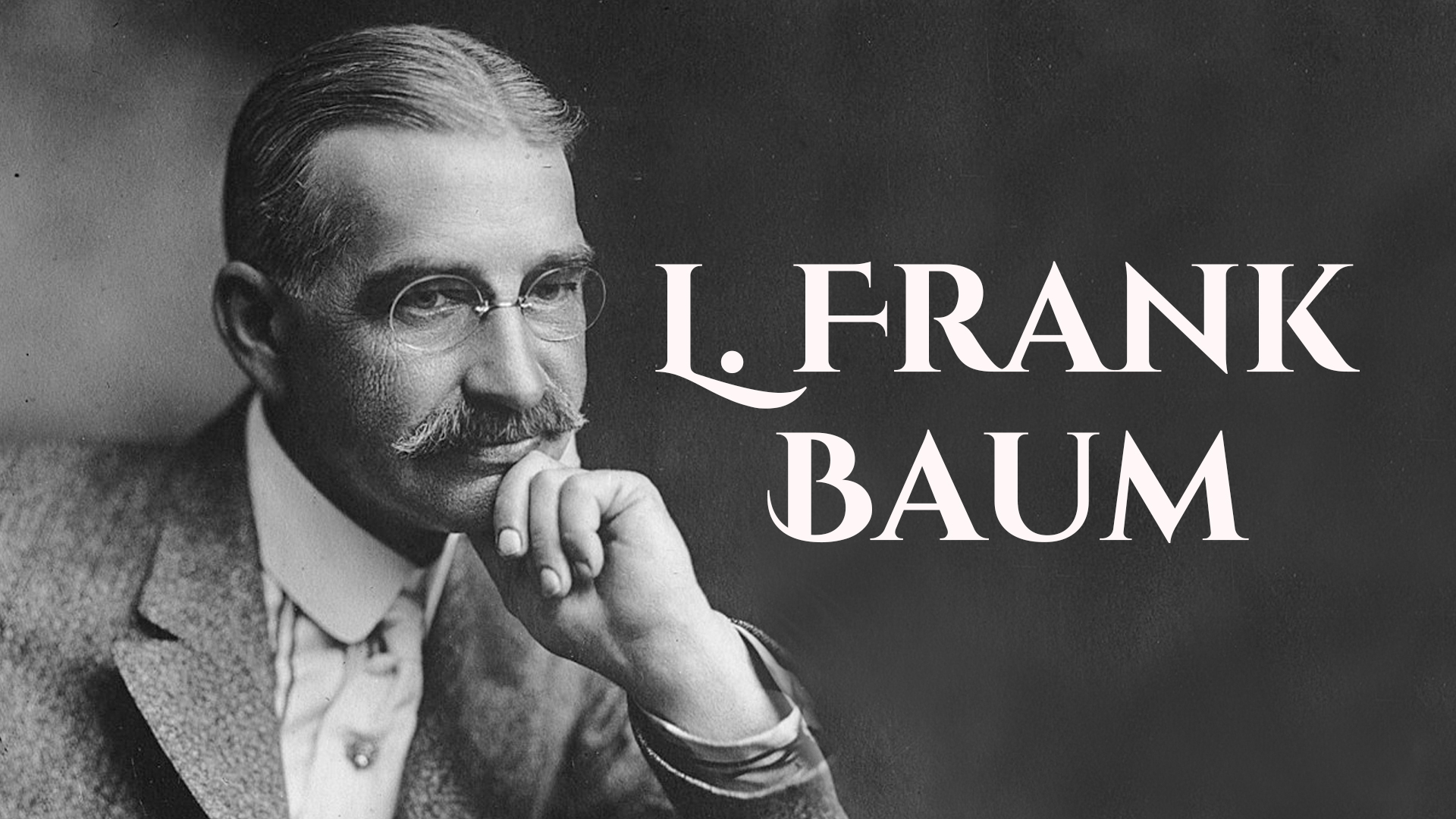
Maud became pregnant right away, which forced Frank to find replacements in his play, so he could become a full-time provider. Frank found a job selling tin cans of Castorine, which was axel grease made out of crude oil.
His job kept him on the road for weeks at a time, keeping Frank from spending time with his children.
And then Maude got sick during their second pregnancy and she needed much help from her mother and father.
But in 1888 when her father passed, Frank and Maud decided to move out west to South Dakota to be closer to Maud’s sister and brother. Plus, Frank felt there were more opportunities out west for him to work and to be home.
They moved to Aberdeen where Frank opened a retail store called Baum’s Bazaar, but he just couldn’t make it profitable.
He tried a variety of jobs, but Aberdeen didn’t offer the opportunities he’d expected.
He finally did find a great job as a newspaper reporter though, but it meant he had to relocate the family to Chicago.
So for the first time in our story, at the end of 1890, L. Frank Baum, Maude Gage, and Frank Lloyd Wright live in the same city.
Arriving in Chicago, Frank Lloyd Wright found work as a draftsman at Sillsbee’s company, the same one he’d interned with in college. He would work there and other firms in Chicago before landing a dream job, with the famous architect Louis Sullivan of Adler and Sullivan.
Louis took note of Lloyd’s designs and helped develop his talents. Together they worked designing commercial buildings and often homes for their commercial clients. Frank was even starting to get side jobs, designing homes for clients outside of work hours.
L Frank Baum was working as a newspaper reporter for the evening post while trying to support his family of now four kids. And he was trying to create a trade journal to merge his love of theater and retail.
Maud, meaning to help the family financially in the more expensive Chicago, started teaching lace making and ended up with so many clients she became the breadwinner of the family.
When she was not working for women’s rights in New York, her mother Matilda would often stay with them and help with the kids.
Baum did find an angle for his journal idea, window displays. So he founded a magazine called The Show Window, so he could show retail stores how to visually display their merchandise. Store window displays were becoming very popular.
Macy’s spared no expense and people lined up at Christmas time for the unveiling to see what magic was behind the curtain. They became so popular that the store Bonwit Teller commissioned Salvador Dali to design theirs.
And with his creative juices flowing, he wrote a children’s book called Mother Goose in Prose, based on the stories he’d tell the kids. Frank Baum would read the kids a Mother Goose rhyme and then spin it into a story. The book was a surprising success, giving his family the first financial freedom they’d ever had.
That was followed up by a Father Goose book which became the best-selling children’s book of the year.
Frank and Maude were able to buy a new home, this time with running water, and Frank took an office in the Fine Arts building in Chicago, a building designed by Adler and Sullivan, and whose chief architect was Frank Lloyd Wright.
In 1900, everything changed. L. Frank Baum, by the end of the year, would be a household name.
Frank had set out to write a new children’s book, a fantasy, a combination of all his experiences. It would be about a girl named Dorothy in a land called Oz. The Wonderful Wizard of Oz would be a huge success.

While the entire story came out of his imagination, suffragists everywhere lauded it for its portrayal of the strong brave, adventurous hero, Dorothy Gail. It’s not hard to find the descriptions of the Kansas Prairie from his travels, or the yellow brick road from Peekskill Academy, or the Tin Man from his oil-selling days, Dorothy from his headstrong wife, or even Oz, named after seeing the O-Z volume of his desk Encyclopedia.
It was the best selling children’s book for two years, and Baum saw it as a stepping stone back into live theater.
In 1902, Baum teamed up with his illustrator, WW Denslow, and Paul Tietjens, who’d worked musically with J.M. Barrie, the author of Peter Pan, to turn the Wizard of Oz into a stage musical. It opened in Chicago in 1902 and then played Broadway for three years.
Money issues caused a rift between Baum and his partner and they parted ways. Incidentally, WW Denslow, his illustrator, became so wealthy, he bought an island in the Bahamas and made himself King Denzlo the First.
Fortunately for Baum, the fine arts building where he worked was a bastion of creatives. There were all kinds of entrepreneurs in the building. One such individual was a well-respected architect whose designs were gaining national attention. A Mr. Frank Lloyd Wright.
Years earlier, Wright’s sister, Maginel, moved to Chicago to be closer to Frank and attended the Chicago Art Institute. Wright thought she might make a perfect illustrator for Baum. And so, Maginel Wright, sister of Frank Lloyd Wright, would illustrate his next three books, Policeman BlueJay, Juvenile Speaker, and Father Goose’s Yearbook in 1907.
Maginel would eventually have a daughter herself, Elizabeth Enright, who would grow up to be an author and would win the Newberry medal for her book, “Thimble Summer.”
Matilda Jocelyn Gage never got to see Frank and Maud’s successes. She died in 1898, two years before the Wizard of Oz was published. An L. Frank Baum didn’t get to experience Matilda’s lifelong dream. Six days before Congress passed the 19th Amendment in May of 1919, giving women the right to vote. He had a stroke and didn’t recover.
Frank Lloyd Wright, on the other hand, was just getting started.
By 1900, he had completed 50 projects, and his style dubbed “Prarie Style” had gained national recognition. Two articles in Ladies’ Home Journal cemented the idea that modernism had arrived.
Ernst Wasmuth, German publisher, published a book of a hundred Frank Lloyd Wright lithographs in Germany in 1910, making him an international design icon. Many say the book was the cornerstone of modern design in Europe.
Wright always credited his success to three things.
Louis Sullivan, the architect who trained him.
Nature, the rolling hills and prairies of Wisconsin
And The Froegel building blocks he played with as a child.
Of Wright’s kids, his son John, born in 1892, loved the building blocks just as much. So much so that when he was 26 years of age, he invented Lincoln logs, named after the late president, just as his dad had been.
In his life, Frank Lloyd Wright designed about 400 structures, married three women and had eight children. He passed away in 1959.
The Wizard of Oz wouldn’t make another splash until 1939 when MGM decided to turn it into a movie. After Disney’s Snow White and the Seven Dwarves became a huge success, all the movie studios were looking for the next fairy tale. Frank Joslyn Baum, L. Frank’s oldest son, had already sold the movie rights to Samuel Goldwyn, a Hollywood movie producer, for $60,000 in 1934.
Samuel sat on the rights for a while then started a bidding war between Fox and MGM, with MGM coming out the winner for $75,000. It took a year to develop the screenplay in another year to cast and shoot the movie.
Originally, it was thought Shirley Temple and Eddie Cantor would be cast, but no one would have guessed what magic the final cast would create. After some failed choices, Victor Fleming would become the director, creating the most expensive film to date and in Technicolor.
The movie was a giant $2.7 million expense, but Victor Fleming couldn’t even finish it, as his other more important movie, Gone With the Wind, took precedence. The movie did finish up successfully and debuted in 1939.
Howard Dietz of the Leo Burnett Agency was paid by MGM to promote the film, and did so mostly on radio, including a segment on Ripley’s Believe It or Not, (which incidentally started back in 1919) the year L. Frank Baum died.
While the movie was a financial flop, generating only two million dollars, it was lauded by the critics. At the 1940 Academy Awards, it won Best Original Score and Best Original Song for Over the Rainbow. And was nominated for Best Art Direction, Outstanding Production and Special Effects.
It couldn’t have been a more competitive year going head to head with Gone with the Wind, Wuthering Heights, Goodbye Mr. Chips, Babes and Arms, Mr. Smith goes to Washington and Stagecoach.
MGM then re-released the movie 10 years later 1949 as the 10th anniversary Julie Garland Special.
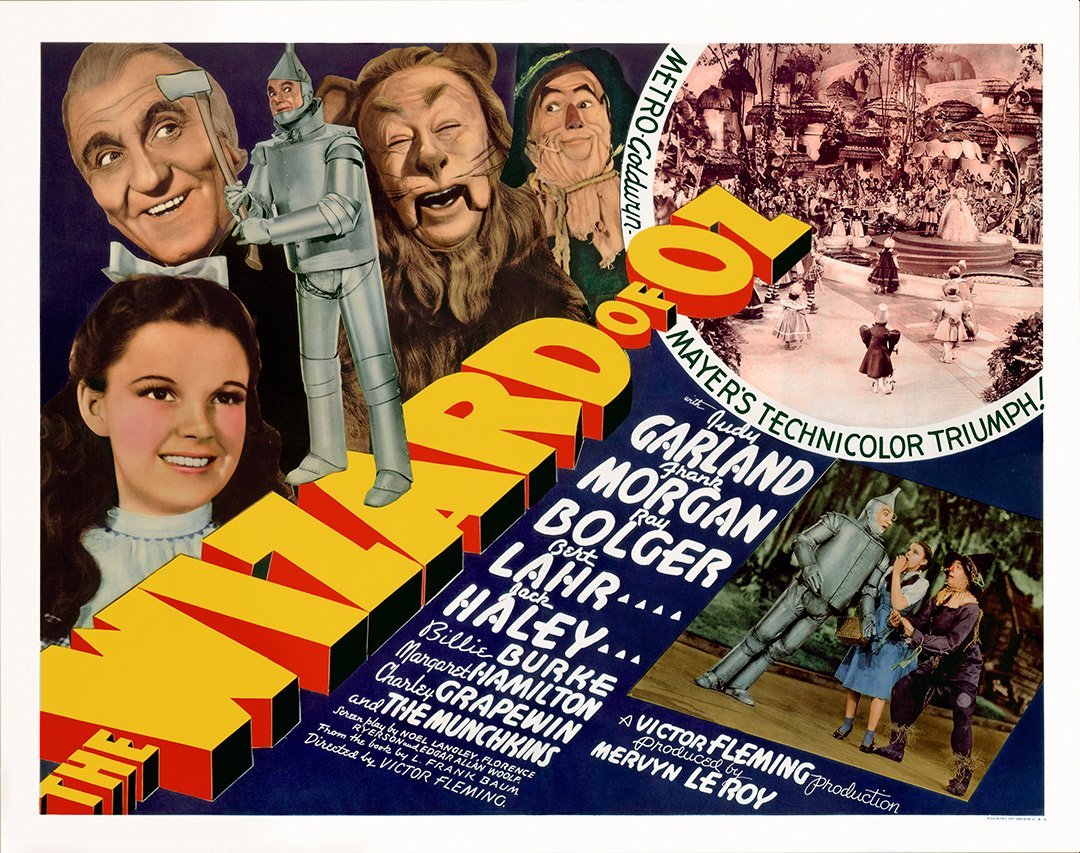
Version 1.0.0
But it didn’t change the American landscape until 1956.
In 1955 CBS and Ford Motor Company moved their Saturday Night Ford Theatre Radio Program to TV. Once a month they broadcast an almost always live performance or celebrity variety show. Robert Whiteman, the program director for CBS wanted to end the series with something big. He wanted to with Gone With the Wind, but MGM wanted $1 million for it. But since they’d had success with the color telecast of Peter Pan, he settled on the Wizard of Oz for $225,000 with an option to show it nine times at that same price.
For the series finale, they decided to have live hosts do the intro and conclusion.
They chose Bert Lahr, who played the cowardly line, Justin Schiller an Oz expert. Judy Garland, who played Dorothy and Judy’s 10-year-old daughter, Liza Minnelli.
53% of the TV viewing audience watched the Wizard of Oz that night.
At the movie theater, competing for America’s attention that night, was a movie called the Ten Commandments. Starring Charlton Heston, Yule Brenner, and Frank Lloyd Wright’s granddaughter, Anne Baxter.
In 1959, CBS moved the start time of Oz back to 6 o’clock PM, so more kids could watch, resulting in 58% of the TV viewing audience tuning in. It then became an annual family tradition until 1998. 30 Years.
The Wizard of Oz was shown once a year as a standalone special on Primetime Television and every year America’s families tuned in. No other single program has been repeated on network TV during prime time, more than 10 times, let alone 39.
Back in 1985 it was estimated that more than half all children in America had seen Oz on TV. It wasn’t until Turner broadcasting bought rights to the Wizard of Oz and played on cable TV several times a year to the annual Family Tradition Stop.
L. Frank Baum’s legacy continues to live on today as parents introduce their kids to the Wizard of Oz. In 1974, the city of Chicago designated 13 acres as a city park number 423 in the Lincoln Park neighborhood where Frank and Maud lived. Two years later in 1976, a local bookstore owner petitioned the park to be renamed Oz Park and include bronze statues of the Wizard of Oz characters. That park has an annual Oz event and is located two blocks from the edge of the old Chicago fire.
Sometimes in life, the things you do have a ripple effect that long exceed your expectations, your lifespan, and your reach.
Are the actions you’re taking the ones you won’t remember 120 years from now?
Welcome to Tracing the Path with Dan R Morris.
CUTTING ROOM FLOOR
To hear all the stories that hit the cutting room floor, you have to listen to the episode.
ABOUT THE SHOW
Let us tell you the story of the 20th Century, by tracing each event back to the original decisions that shaped it. You’ll quickly find out that everybody and everything is connected. If you thought you understood the 20th Century, you’re in for a treat.
Tracing the Path is inspired by storytellers like Paul Harvey, Charles Kuralt, and Andy Rooney.
INTERCONNECTED EPISODES
 |
Believe it or Not? A cartoonist saved our national anthem. And not just a cartoonist, an American Military March composer as well. |
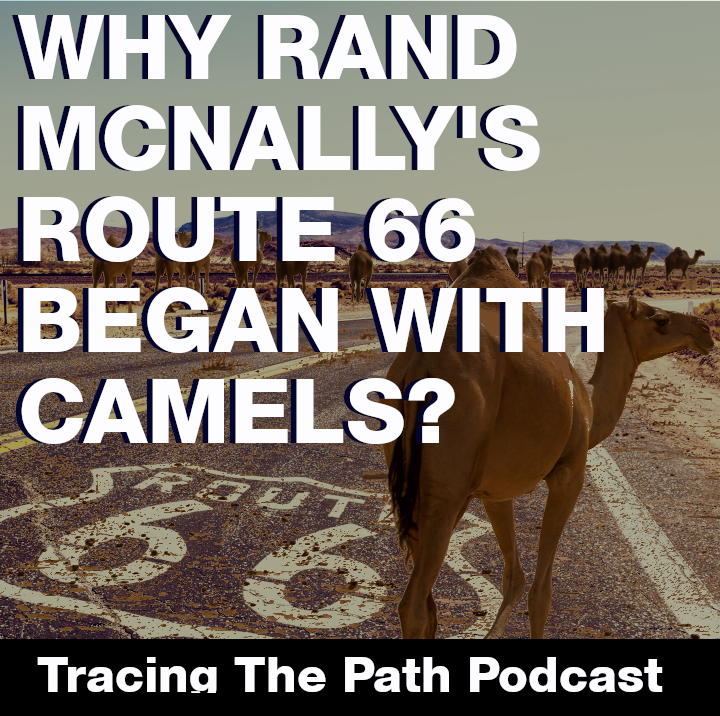 |
Why Rand McNally’s Route 66 Started with Camels You’ve heard the story about Roman Wagon Ruts, right? That’s not this. |
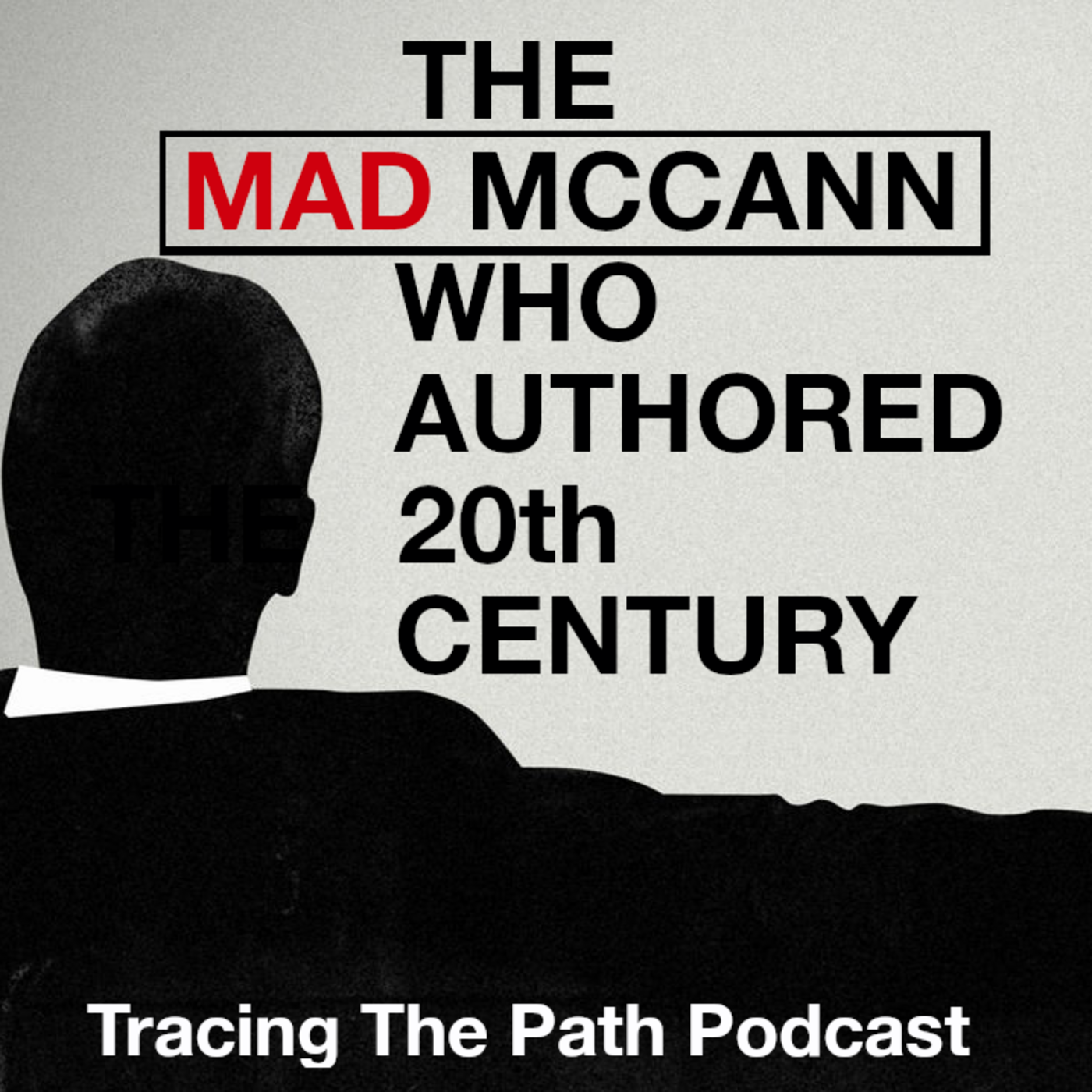 |
The History and Impact of McCann Erickson You’ll be amazed at how many things in our world come back to McCann. |
SEE THE BIBLIOGRAPHY
SUBSCRIBE AND LISTEN (FOR FREE!)
RATINGS & REVIEWS
If you enjoy this podcast, please give it a rating and review.Positive ratings and reviews help bring Tracing The Path to the attention of other history lovers who may not be aware of our show.



